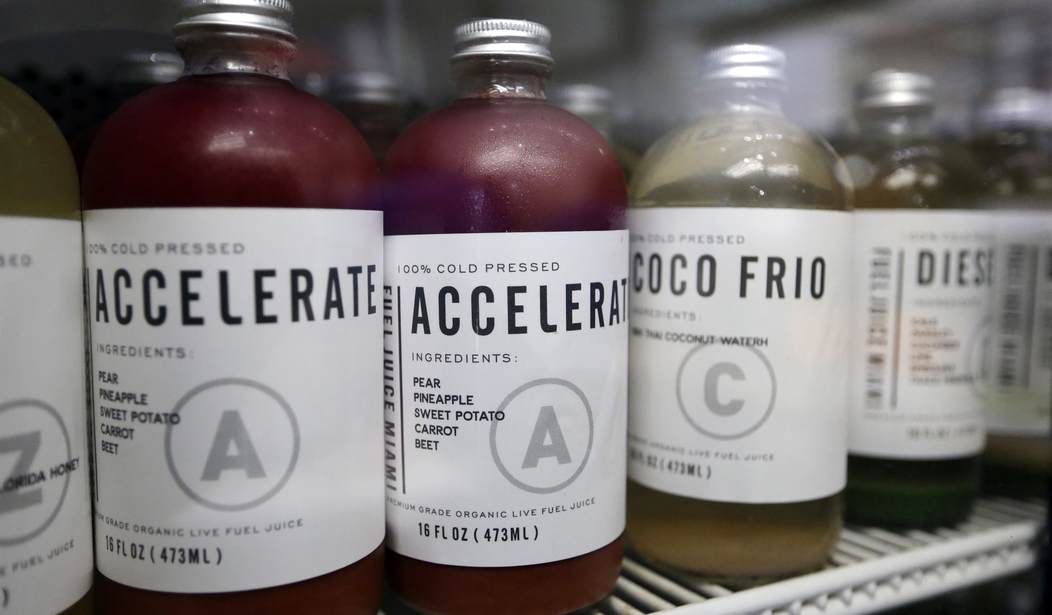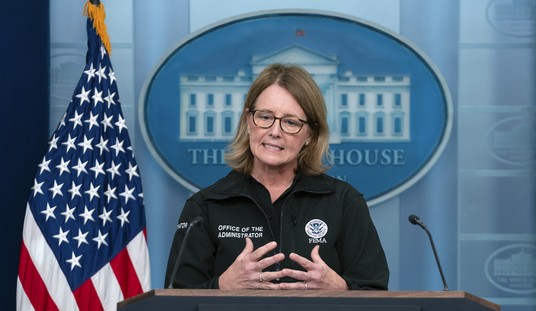I don’t deliberately avoid organic foods or markets, but I don’t seek them out either. Claims that organic food tastes better or is more nutritious are not supported by evidence and certainly don’t justify the far higher prices. Mostly, I’m put off by assertions that organic food is pesticide-free, safer and more planet-friendly. Those assertions are simply false advertising; deliberate misinformation.
Mom’s Organic Market shopping bags provide an excellent example. They’re emblazoned with six “Bee Informed” messages that help customers Bee the Change, Give Bees a Chance, and Save the Bees from a looming Armageddon attributed to synthetic pesticides. The Bee Misinformed messages merit correction.
1. The #1 irrigated crop in the US is lawn grass, using over 10 trillion gallons of water per year. Mom’s didn’t say where its number came from; and if this basic information is fishy, what about the other messages? The Natural Resources Defense Council says US lawns consume three trillion gallons per year – not ten. Still, too many people overwater, use fine sprays that let too much water evaporate, and/or water lawns during the hottest hours or days of the week. The better message is, water smarter.
2. Suburban lawns and gardens receive more pesticide applications per acre than agriculture. This may be true, but is it? Can’t Mom’s be more transparent about its sources? Homeowners should use lawn and garden chemicals carefully, responsibly and sparingly – and assume that any chemical (synthetic or organic) may be toxic and dangerous: to bees, other insects, fish, wildlife, pets, children and themselves.
3. A single bee colony can pollinate over 300 million flowers a day. Busy as a bee – sure. But really? A typical hive (colony) has 10,000 to 80,000 worker bees. Assuming 50,000 on average, this means each bee would have to visit 6,000 flowers per day. Perhaps in a sprawling canola field; but otherwise pretty unlikely. Again, what’s Mom’s source?
Recommended
4. Scientists found bee-killing neonicotinoids in 75% of honey sampled from around the world. Now we’re getting into the nitty-gritty of ongoing organic food and environmentalist campaigns to frighten people (especially moms) into going full-organic and avoiding conventionally grown food.
The scientists are finding parts per billion. 1 ppb is equivalent to 1 second in 33 years – or 50 drops of water in a 50-by-25-by-2-meter Olympic-sized swimming pool: 2 teaspoons in 660,000 gallons.
Used primarily to coat seeds, neonics become part of the plant tissue and target only pests that actually feed on the crops, particularly during early growth stages. They greatly reduce the need for aerial or ground-level spraying with other chemicals that are much more of a threat to bees and other pollinators. They are a far lower risk to honeybees or wild bees than some organic pesticides – or Varroa destructor mites that attach to bees, suppress their immune systems, carry deadly diseases, create pathways for other diseases to enter bee bodies, and can cause well-publicized “colony collapse disorder.”
Neonics may be detected in honey because so much comes from vast canola fields in western Canada, where canola is grown with neonic-coated seeds, and beekeepers place their hives in the fields because bees thrive there and produce delicious honey. Don’t equate detection with danger.
5. There are traces of 20 different pesticides in the average American’s body. Mom’s could at least post the source for this assertion on its website. More important, these parts per billion are detectable only because modern lab equipment is so sophisticated. The traces are not at levels that should cause concern.
And what about organic pesticides? Organic farmers also use many different pesticides to protect their crops. But Mom’s, Greenpeace, the Environmental Working Group (EWG) and the organic food industry don’t look for or talk about traces of organic farming pesticides: in honey, on produce or in human bodies. Perhaps they don’t want people (especially mothers) to know or think about that.
The Risk Monger’s Dirty Dozen List of Toxic Organic Pesticides provides an informative overview of “natural” fungicides and insecticides used on organic farms – including chemicals that are toxic to bees, other insect and wildlife species, and humans.
Among those organic farm chemicals, copper sulfate is highly toxic to bees, deadly to fish, and bio-accumulative in soil and water. Pyrethrin neurotoxin pesticides are also very toxic to bees – and are possible human carcinogens; originally derived from flowers (which is why they can still be classified as organic), they are now manufactured synthetically. Like neonicotinoids, nicotine sulfate is derived from nicotine; it can paralyze bee wings and legs, and is poisonous to humans.
Other “natural,” “organic” chemicals that are highly toxic to bees include rotenone, spinosad, hydrogen peroxide, azidirachtin (neem oil), citronella oil, and even garlic extract and acetic acid.
If Greenpeace, the EWG or the US Department of Agriculture (USDA) ever spent the time and money to test for these chemicals, they’d undoubtedly find “traces” of “organic” chemicals on “organic” produce.
6. Roughly 0.1% of pesticides reach their targeted pests, leaving 99.9% to impact the environment. That sounds farfetched because it is, especially for crops grown using neonic-treated seeds so that the pesticide becomes a systemic part of the plant and targets pests that try to eat the crops.
Today’s farmers are far more careful and judicious in how, where and how much they use chemicals to control the insects, viruses, molds and other pests that want to beat you to the foods you enjoy. They also employ a variety of “integrated pest management” techniques – including corn, cotton and other crops that splice Bacillus thuringiensis (Bt) genes into the plant structure, to control pests that feed on those crops, thereby reducing the need for hand, tractor or aerial spraying with chemicals.
(Organic farmers often spray live Bt bacteria on crops. But that carries risks that the spray could drift onto nearby plants and beneficial insects. It’s a mystery that EWG doesn’t wax apoplectic about that.)
Those who still harbor concerns might be comforted knowing that the USDA conducts a Pesticide Data Program that’s been ongoing now for three decades. The PDP tests different (conventionally grown) produce every year – and issues a “report card” on how well US and international farmers comply with Environmental Protection Agency rules designed to protect moms and families from (conventional) pesticide-related health issues.
While the annual EWG “Dirty Dozen List” is designed to instill unfounded fears about eating non-organic fruits and vegetables, because of alleged pesticide poisoning – the PDP analyses are scientific and data-driven. The PDP goal is to ensure that all pesticide residues have fallen to levels that pose no risks to humans by the time they reach supermarkets.
The latest 200-page report provides comforting news for consumers. It’s available here – or you can read plant pathologist Steve Savage’s summary and commentary here and here.
One further issue deserves mention. Not surprisingly, Mom’s bags are made of kraft paper. Plastic bags (we’re told) are petroleum-based and clog landfills. Of course, it’s more complex than that.
I operated bag-making machines during college. Paper and paper-bag-making processes are tree, energy and chemicals-intensive; and heavier, bulkier paper bags take years to break down in landfills. The volume of either is trifling, however, compared to pollution and waste from solar panels and wind turbines.
The bottom line is simple. As the USDA and Risk Monger emphasize, pesticide residues on both conventional and organic fruits and vegetables almost never pose risks to moms, dads, kids, or other planetary creatures. Bee not afraid. Enjoy eating them, because they’re good for you.
And correct or cancel Mom’s misinformation.
Paul Driessen is senior policy advisor for the Committee For A Constructive Tomorrow (www.CFACT.org) and author of many articles on the environment. He has degrees in geology, ecology and environmental law.

























Join the conversation as a VIP Member